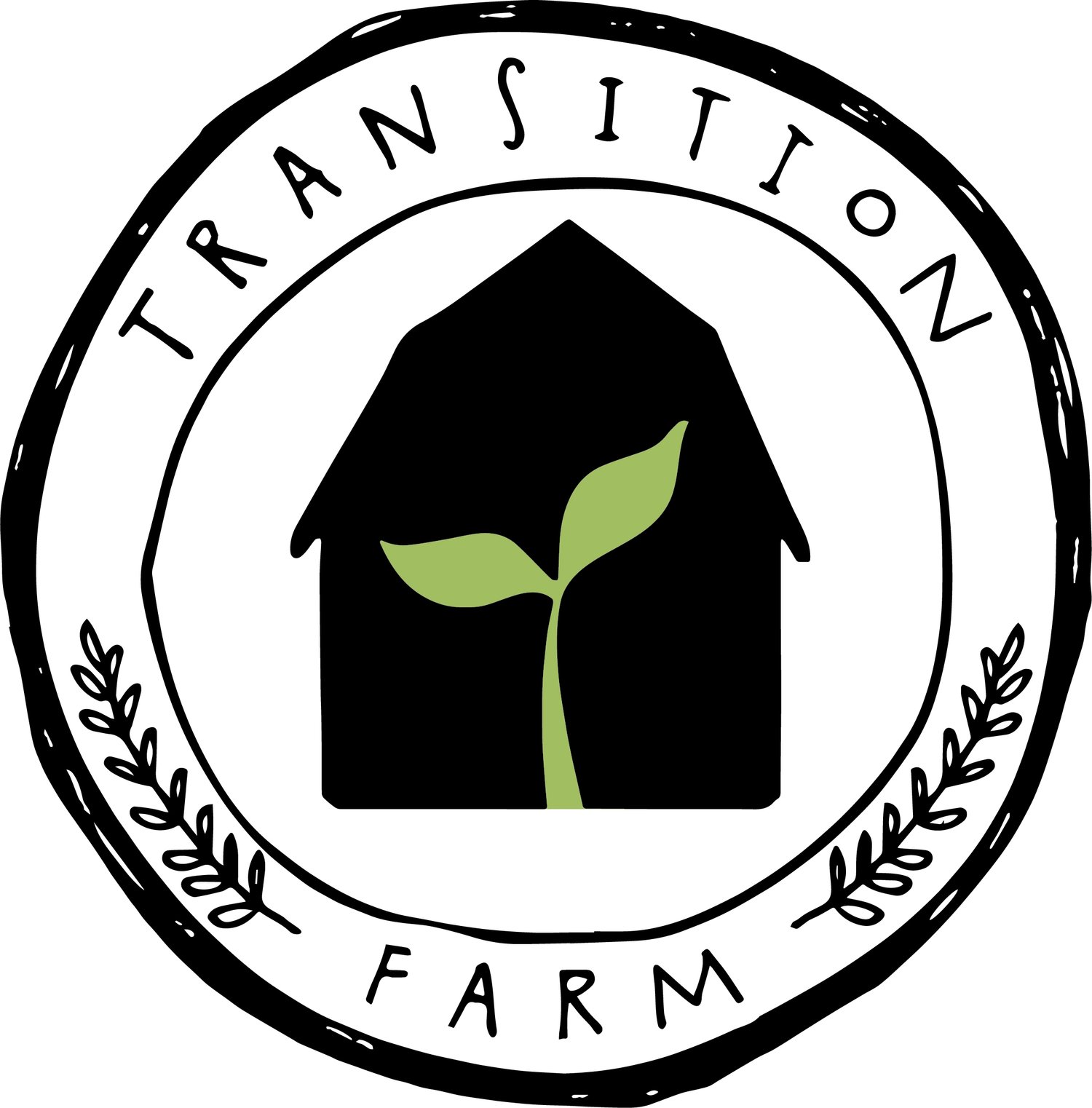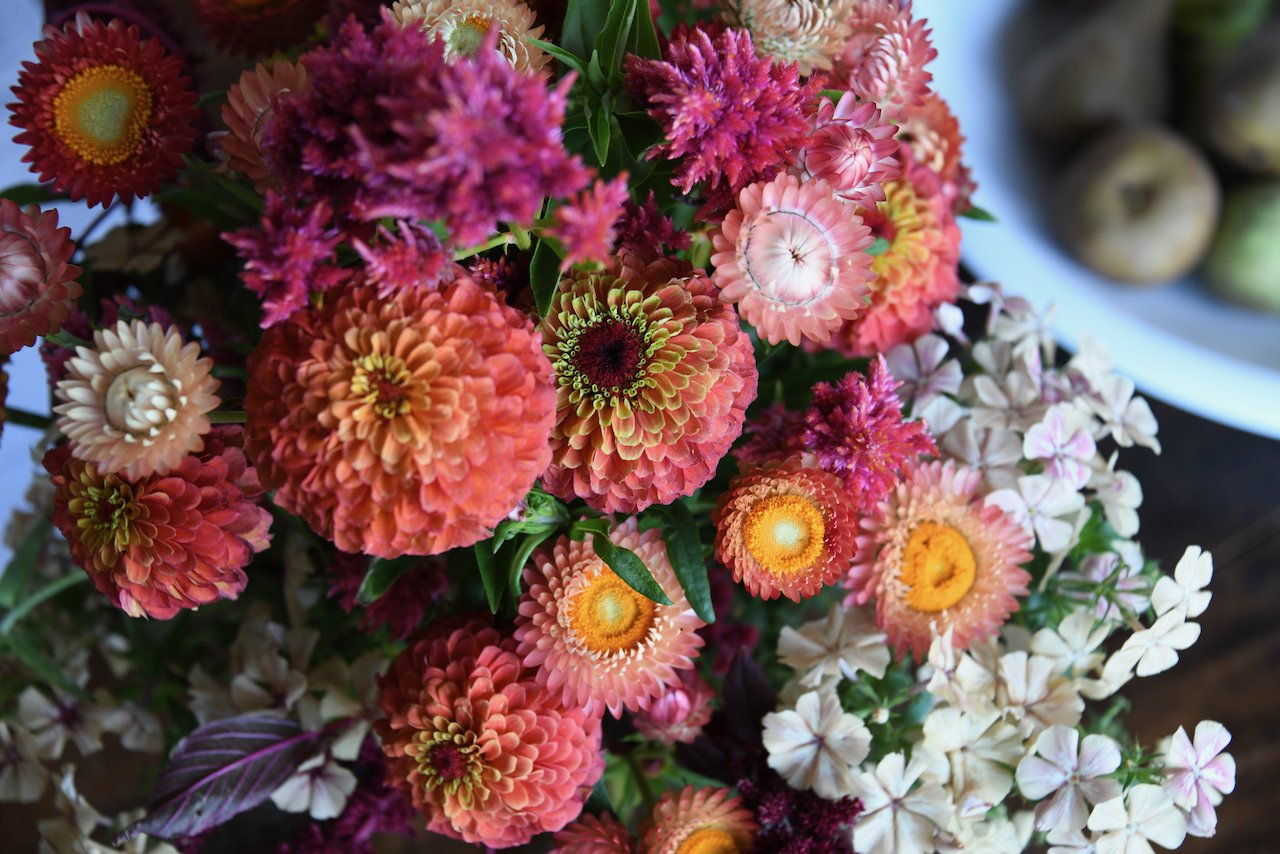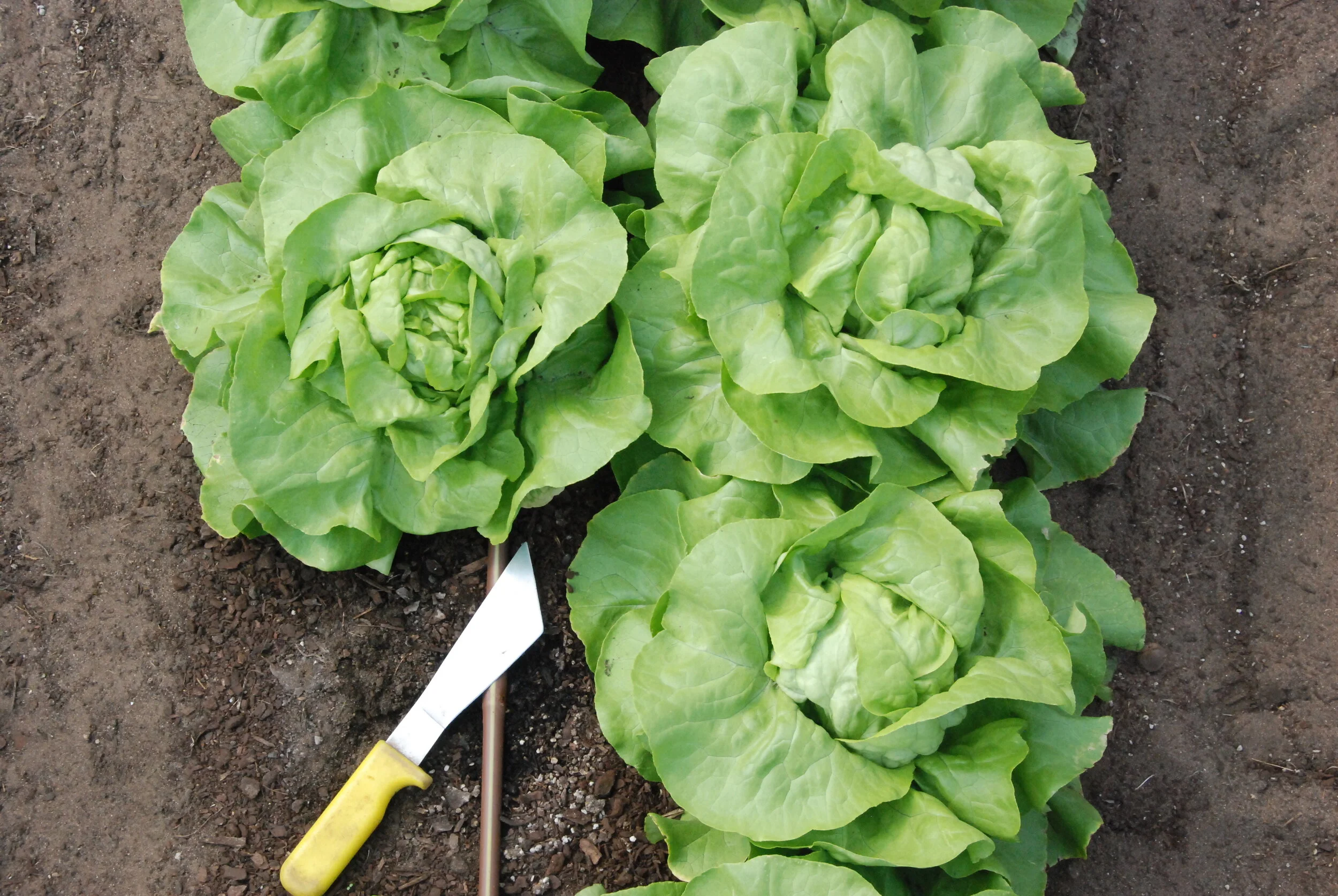Sowing Seeds for Cold / Warm Season Crops
/With the first warming days of Spring, day light growing and fruit trees blooming, the lure to get gardening is strong! Dreams of tomatoes and basil abound!!
Here at Transition Farm, situated in the cool temperate zone of Southern Victoria and in a frost hollow, the ground does not freeze in Winter. We can harvest year round.
When determining when to start seeds throughout the season, we divide many of our favorite vegetable, herbs and flowers into two categories - Cool Season Crops and Warm Season Crops.
COOL SEASON CROPS
Are frost tolerant
Thrive with cool nights and cool soil temperature
Germination, growth, ability to set fruit and/or mature depend on cool conditions
Flavour is enhanced by coolness
Common Cold Season crops include and are not limited too:
VEGETABLES - Asparagus, Beetroot, Bok Choi, Broad Beans/Favas, Broccoli, Brussels Sprouts, Cabbage, Carrot, Cauliflower, Celeriac & Celery, Daikon, Endive, Escarole, Fennel, Garlic, Horseradish, Kale, Kohlrabi, Leek, some Lettuce varieties, Mustard, Onion, Pak Choi, Parsnips, Pea (snap, snow, shelling), Radish, Rhubarb, Rutabaga/ Swedes, Salsify, Scallions, Shallot, Spinach, Swiss Chard, Turnip, Watercress
HERBS - Chamomile, Coriander, Nettle, Parsley, Thyme
FLOWERS - Batchelor Button, Calendula, California Poppies, Cerinthe, Cress, Feverfew, Forget-me-not, Foxglove, Larkspur, Nigela, Orleya, Poppies, Queen Annes Lace, Scabiosa (Pincushion Flower), Snapdragons, Stock, Sweet Peas
WARM SEASON CROPS
Thrive in soil above 15C - Most prefer it to be closer to 20C
Thrive with night temperatures above 15C
Are NOT frost tolerant
Enjoy daytime temperatures above 17C and prefer them below 35C
Require warmth to mine for minerals, grow, set fruit and mature
Common Warm Season Crops include and are not limited too:
VEGETABLES - Beans, Cucumber, Eggplant, Melons (including cantaloupe, honeydew, muskmelon and watermelon) , Okra, Summer Squash (zucchini, crookneck, pattypan), Sweet Corn, Sweet Potato, Tomato, Winter Squash or Pumpkin (such as butternut, Marina di Chioggia, Queensland Blue)
HERBS - Basil, Summer Savory, Dill
FLOWERS - Celosia, Cosmos, Dahlias, Marigolds, Sunflowers, Zinnias
DETERMINING WHAT TO SOW WHEN:
UNDERSTAND YOUR GARDEN MICRO CLIMATE BY CHARTING YOUR FROST DATES (IF ANY) AND YOUR NIGHTTIME TEMPERATURES
Use a maximum/minimum thermometer
COOL SEASON CROPS WANT TO MATURE BEFORE THE HEAT OF SUMMER
Work Backwards from a set early summer date using the days to maturity to determine your sowing date
WARM SEASON CROPS WANT TO GROW ONCE THE SOIL AND TEMPERATURE HAVE SUFFICIENTLY WARMED
Sow seeds inside and grow seedlings ready for transplanting
Use recorded frost dates and/or temperature history and work backwards to determine when to start your seeds
COOL SEASON VEGETABLES AGAIN SHINE IN AUTUMN
Allow these to mature in your cooler Autumn months
Work backwards to find your sowing dates (which can be in the hottest months of summer).
Although oversimplified, these steps can help avoid the plant stresses that can last the whole season or end the plants life early. Many cold nights for a tomato plant, for example, can cause disfigured fruit or even the inability for the plant to set fruit, while maturing some lettuce varieties through high heat can turn the leaves bitter. Bean seeds can rot before germination if planted before the soil has sufficiently warmed.
Here at Transition Farm, we have been experimenting with varieties to push through some of the seasonal barriers. Spinach that can cope with a bit of heat - Tomatoes that set fruit through cooler seasons. We share this information in the variety descriptions. And “season extension” through the use of row covers, growing in protected tunnels, using cloches and creating micro climates using heat stores can also expand seasonal parameters.
So many options! We have found though that through supporting a crop by offering it it’s optimum growing conditions, we can not only reap a bountiful harvest of flavorsome produce or armfuls of flowers, we can also do that with less stress.
WHAT TO SOW - We send emails each month offering advice. You can join our newsletter at the bottom of the window to receive our COLD TEMPERATE WHAT TO HARVEST WHEN GUIDE or look through past BLOG posts
DECIPHERING A SEED PACKET offers advice on how to find the information you need to make a sowing calendar.
And there are many more articles in our RESOURCE section.
Happy Sowing!



















